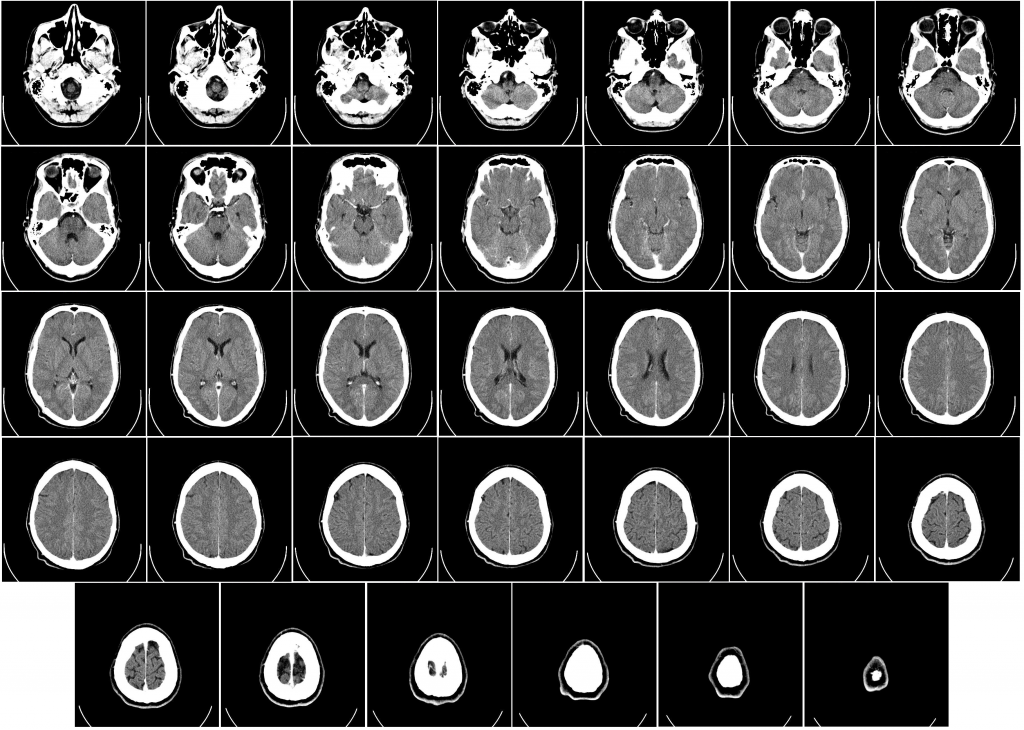What is a cranial CT scan?
A cranial CT scan is an accurate test to delineate brain structures and can identify brain matter, arteries, veins, cerebrospinal fluid filled ventricles and the bony architecture of the skull.
When would you need a cranial CT?
A cranial CT is used to accurately identify conditions involving the head such as:
- Brain tumours
- Arteriovenous malformations
- Intracranial bleeding (including subarachnoid, intracerebral, extradural and subdural haemorrhage)
- Bone disruption
- Fracture following trauma
It can also be useful to identify embolic or haemorrhagic causes of stroke, certain infections such as encephalitis and degenerative signs of ageing.
Get on top of your general health
Find and instantly book affordable GPs within Australia
How is a cranial CT performed?
A cranial CT scan of the head is performed in the radiology department scanning room, with the patient lying flat (supine) on a CT table.
The head is placed in a comfortable ‘docking pillow’ and the specialised CT scanner rotates in a gantry above the patients head.
In order to prevent unnecessary irradiation of the orbits and especially the lenses, head CTs are performed at an angle parallel to the base of the skull.
Slice thickness may vary, but in general, it is between 5 and 10 mm for a routine head CT.
Intravenous contrast is not routinely used, but may be useful for evaluation of tumors, cerebral infections, and in some cases for the evaluation of stroke patients.
Related specialists
Related procedures
- Blood Test (venesection)
- Intravenous Cannulation
- Lumbar Puncture (LP)
Related tests
- Cervical Spine CT
- Carotid Doppler Ultrasound Scan
- Heart Ultrasound Scan (Echocardiogram)
- ESR
- Electrocardiogram (ECG)
Also known as
- CT brain
- CTB
- Head CT
- CT Head
Links
A: Use HealthEngine to find and book your next GP appointment. Click on the following locations to find a GP clinic in your state or territory.
This article is for informational purposes only and should not be taken as medical advice. If in doubt, HealthEngine recommends consulting with a registered health practitioner.
All content and media on the HealthEngine Blog is created and published online for informational purposes only. It is not intended to be a substitute for professional medical advice and should not be relied on as health or personal advice. Always seek the guidance of your doctor or other qualified health professional with any questions you may have regarding your health or a medical condition. Never disregard the advice of a medical professional, or delay in seeking it because of something you have read on this Website. If you think you may have a medical emergency, call your doctor, go to the nearest hospital emergency department, or call the emergency services immediately.








